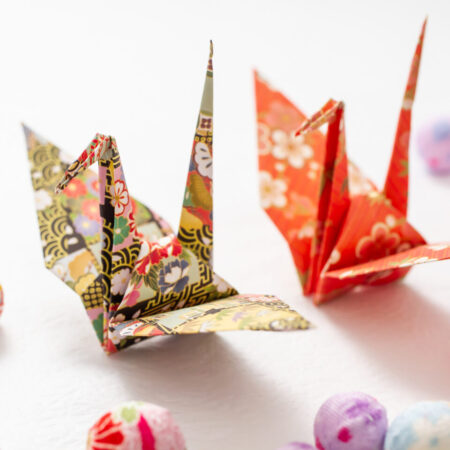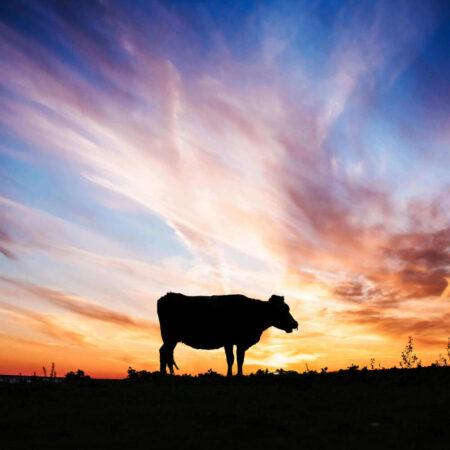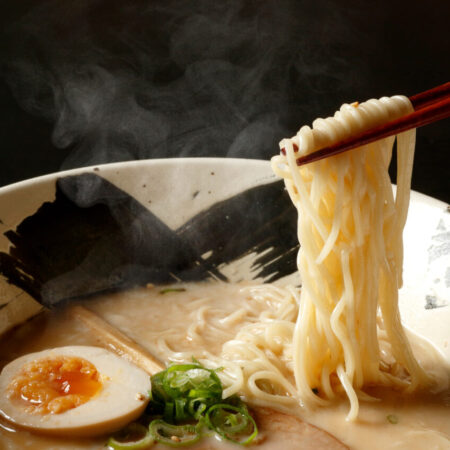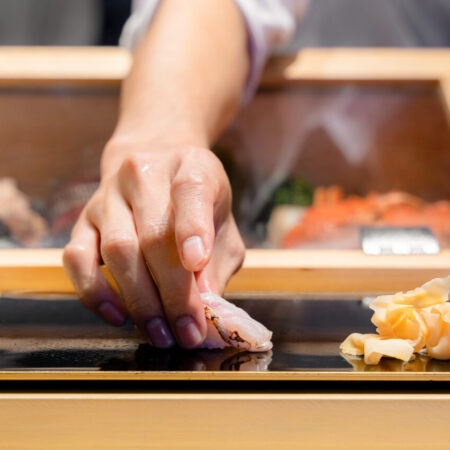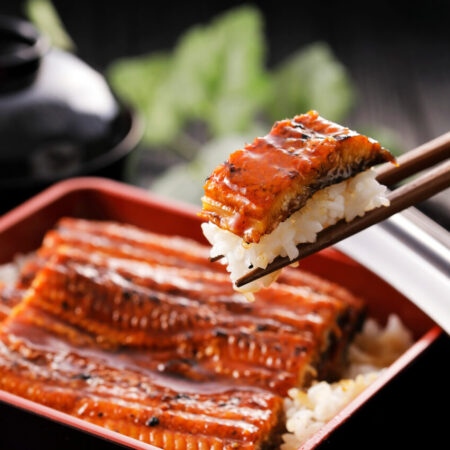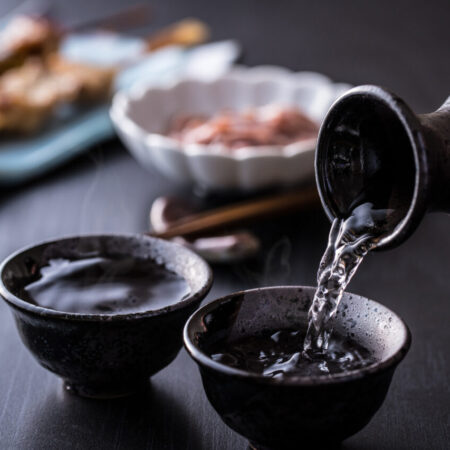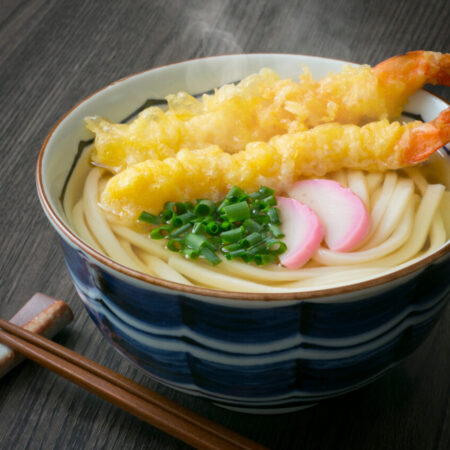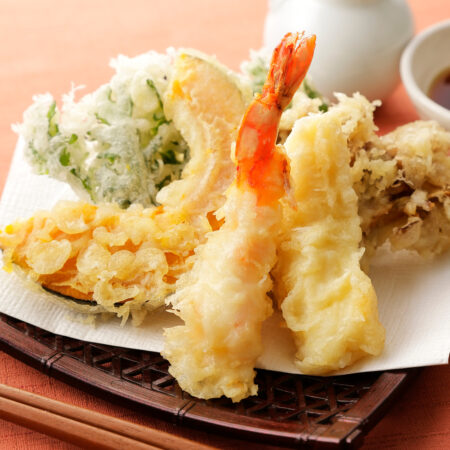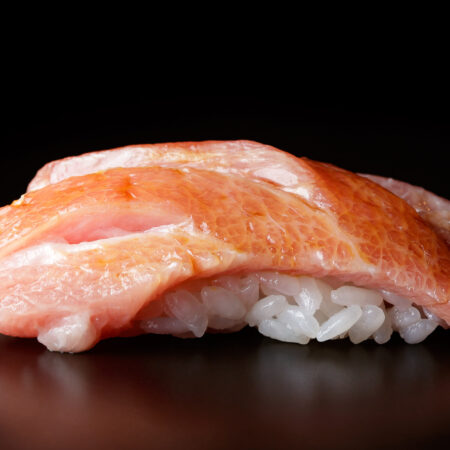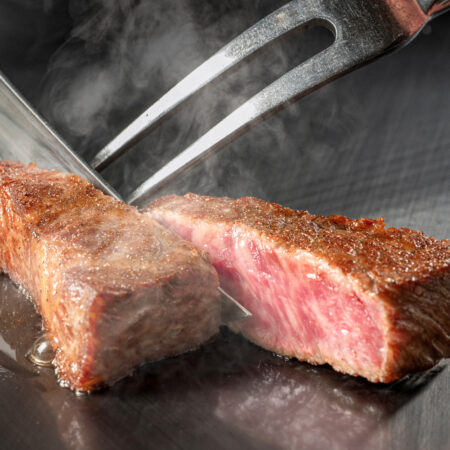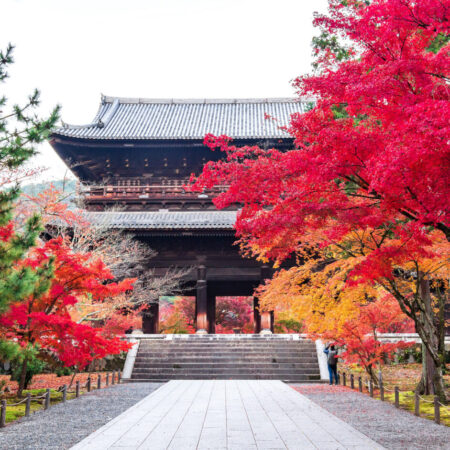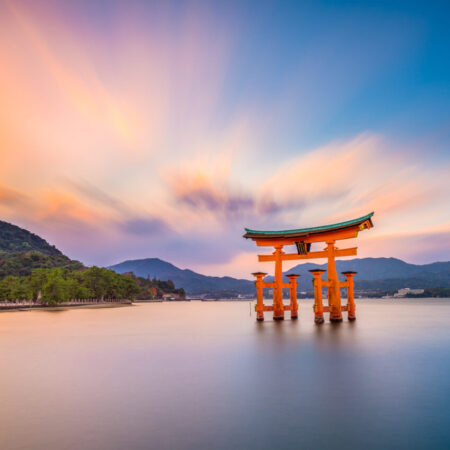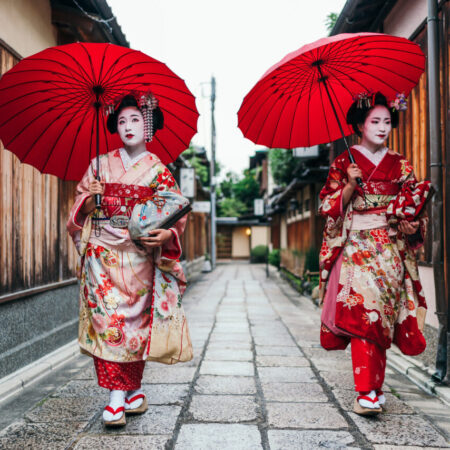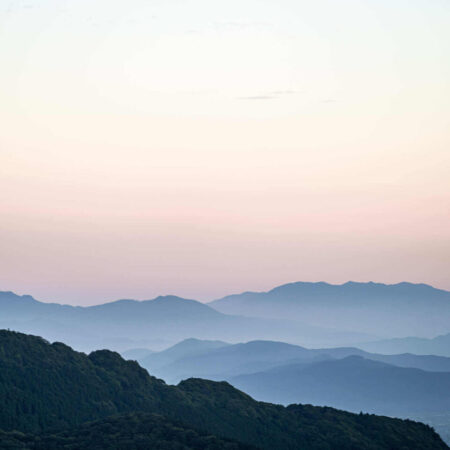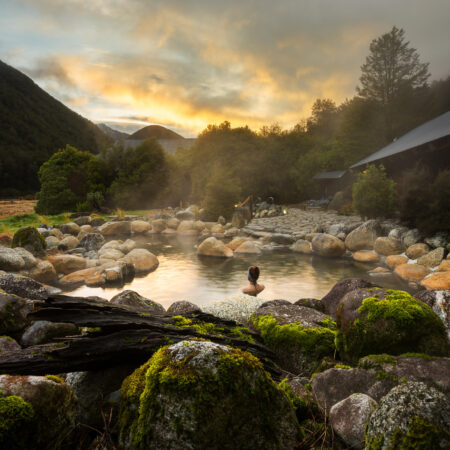Mount Fuji is Japan’s most iconic mountain, cherished by people both domestically and internationally for its graceful form and cultural significance. An active volcano spanning Shizuoka and Yamanashi Prefectures, its summit rests on the rim of a volcanic crater, with a distinctive feature of eight peaks collectively known as “Hasshinpou.” Among these peaks, the highest one, “Kengamine,” stands at an elevation of 3,776 meters, making it Japan’s highest point. Its beautiful conical shape and snow-capped summit are frequently featured in illustrations and photographs representing Japan, making it an iconic symbol even for those who have never visited the country. Its recognition as a UNESCO World Heritage Site in 2013 has further emphasized Mount Fuji’s significance and value on an international level, promoting its preservation and maintenance.
Japan's Apex
The Tallest Peak in Japan
Attraction
Climbing Mount Fuji
Mount Fuji attracts numerous mountaineering enthusiasts and tourists from around the world. Its stunning landscape and opportunities to experience Japanese culture make it particularly appealing to foreign climbers. However, access to Mount Fuji is restricted to specific times, and preparation and caution are essential for reaching the summit. Climbing methods like “Bullet Climbing” (a form of ascent that involves leaving the fifth station at night and aiming for the summit without overnight stays) and lightweight day hikes without proper equipment pose significant risks. It’s important to plan a climb with ample time and physical preparation, ensuring proper equipment and health conditions before attempting to climb Mount Fuji.
▪️Season and Routes
The climbing season for Mount Fuji primarily spans from early July to the end of August during the warmer months. This period sees relatively mild temperatures and enough snowmelt for climbing. The main routes include Fujinomiya, Subashiri, Yoshida, and Gotemba, with each route’s estimated time from the fifth station to the summit being around 6 to 7 hours. However, the characteristics and difficulty levels of each route vary, potentially extending climbing times. For first-time climbers, the “Yoshida Route,” recommended for beginners and frequently used by tourists, is a great choice.
Additionally, ensuring safety during the climb requires adequate equipment and information. Before embarking on the climb, it’s crucial to check route and weather information and create a climbing plan. Next, we’ll introduce some key points to consider when climbing Mount Fuji.
Climbing
Safety Considerations for Climbing
Appropriate Clothing:
With varying altitudes and rapid temperature changes, clothing that can adapt to temperature differences is essential. Choose clothing that can handle temperature fluctuations and carry cold weather gear.
Windproof and Warm Clothing:
The summit area is often windy and cold. Bring windproof jackets and warm clothing to maintain body temperature.
Proper Footwear:
Comfortable and non-slip hiking shoes are necessary. It’s recommended to break in new shoes before attempting the climb.
Gloves and Hat:
Gloves and a hat can protect against the cold in the summit area.
Headlamp:
For early morning or nighttime climbs, a headlamp is useful. The trails can be dark, requiring illumination.
Fluids and Food:
Staying hydrated is crucial. Bring bottled water and energy snacks, and ensure you consume sufficient fluids.
Confirmation of Preliminary Information:
Check route, weather, and climbing information to obtain the necessary safety details.
Submission of Climbing Plan:
Before climbing, submit your climbing plan to accommodations or the police. This ensures quick responses in case of emergencies.
Reservation for Mountain Huts:
Climbing Mount Fuji without staying in mountain huts can be extremely dangerous unless you have sufficient climbing experience, physical fitness, and skills. All mountain huts on Mount Fuji require reservations. Due to reduced capacities (about 30-50% of pre-COVID capacity), crowding is expected to occur frequently, especially on weekends and during the Obon holiday period. Reserving a mountain hut for your desired date may not always be possible.
These guidelines are not exhaustive, so feel free to add anything necessary based on the situation. Climbing Mount Fuji requires physical fitness and preparation. Adequate planning and information collection prior to the climb will ensure a safe and enjoyable climbing experience.
Shrines
Shrines Atop Mount Fuji
At the summit of Mount Fuji, there are shrines associated with Fuji faith. One of them is the “Fujiyama Hongu Sengen Taisha” shrine. Positioned at the highest point in Japan, the shrine symbolizes the faith and historical significance of Mount Fuji. Mount Fuji has been regarded as a sacred site in Japan, with many people revering its peak as a spiritual entity. The Fujiyama Hongu Sengen Taisha shrine was established as a shrine to honor the “Mountain Deity” within this spiritual context.
From the summit, a 360-degree panoramic view unfolds, with the shrine standing amidst the breathtaking scenery. Visitors and climbers gather around the shrine, experiencing the sacred atmosphere of the mountain while paying their respects.
Points to Note Considerations for Shrine Visits Paying a visit to the Fujiyama Hongu Sengen Taisha shrine is an extraordinary experience for many climbers and tourists. Standing at the summit allows one to feel the intersection of nature and mysticism. When climbing, paying a visit to the shrine allows you to perceive the sanctity and history of Mount Fuji. When visiting the shrine, observe the following guidelines:
・Respect the natural environment of the mountain and bring back any trash you may have.
・The shrine and its surroundings are serene and sacred. Approach your visit quietly and show respect to other visitors.
・Due to significant temperature fluctuations, ensure proper attire and equipment before your climb.
The Fujiyama Hongu Sengen Taisha shrine is cherished by many as a place where Japanese faith and nature harmoniously merge. For climbers and tourists alike, paying a solemn visit at the peak will undoubtedly be a moment of profound inspiration.
Access
Access to Mount Fuji
You can reach the fifth station of Mount Fuji, which is halfway between the base and the summit, using public transportation or private vehicles. Note that during periods of private vehicle restriction, you won’t be able to drive up to the fifth station. These restriction periods vary by year, so check the official website in advance. Access to Mount Fuji is a critical aspect to consider. Prior to your visit, verify the access methods and select transportation options that align with your schedule and objectives. Whether you prefer to admire Mount Fuji from a distance or ascend its heights, remember to respect the mountain’s nature and culture, and enjoy your experience safely.
Official Mount Fuji Climbing Website : https://www.fujisan-climb.jp/index.html
CULTURE

Why do Japanese people say “Itadakimasu”?
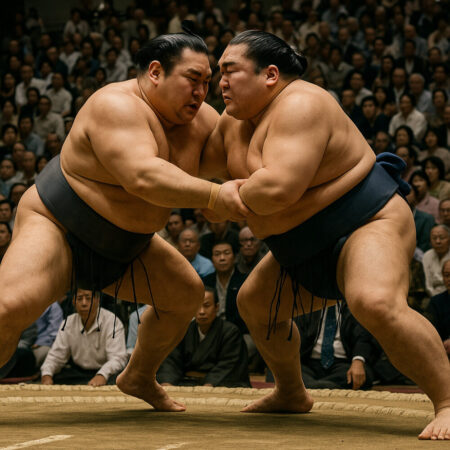
5 Fascinating Trivia about the Traditional Japanese Sport, “Sumo”

Why is Sleeping with Your Head to the North Bad? The Reason Lies in Old Japanese Folklore
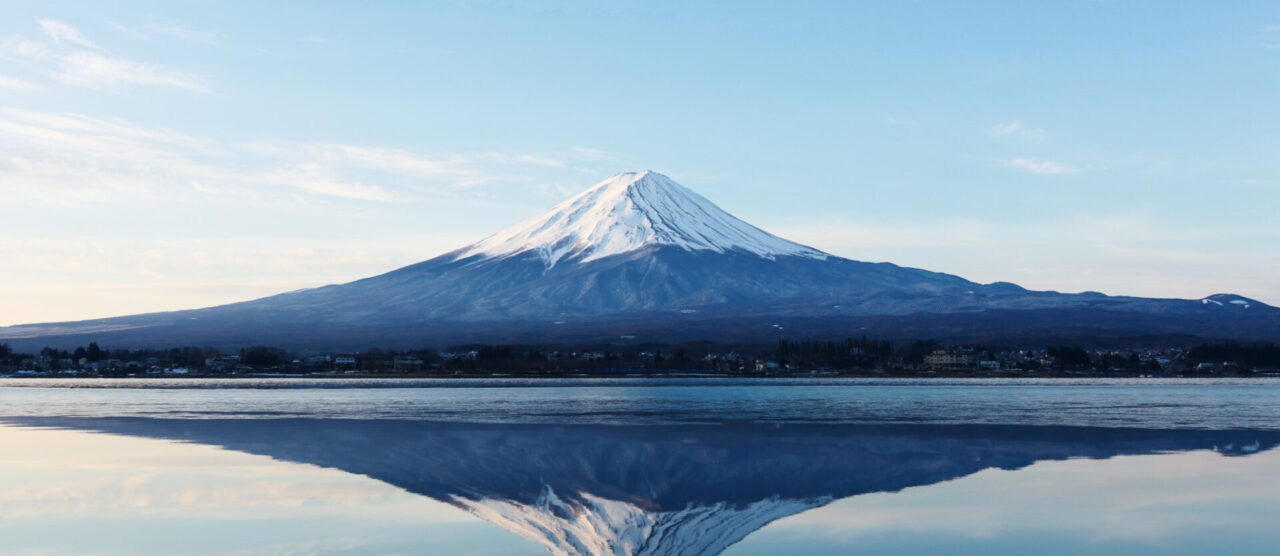
Recommended Halloween Events for 2023
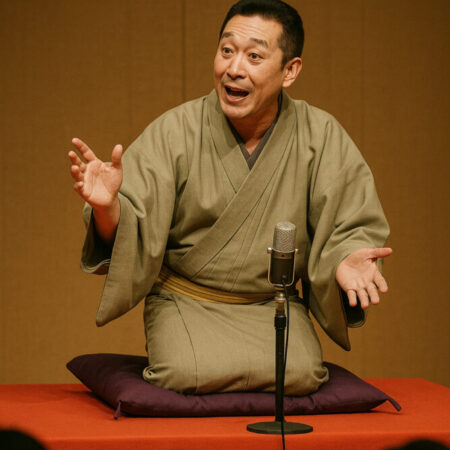
Discover the Traditional Japanese Storytelling: “Rakugo”!
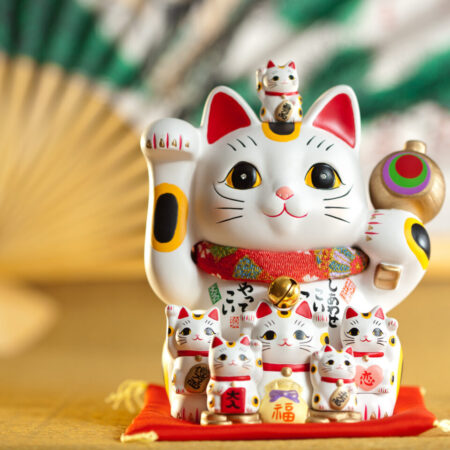
Guide to Maneki-Neko (The Beckoning Cat)
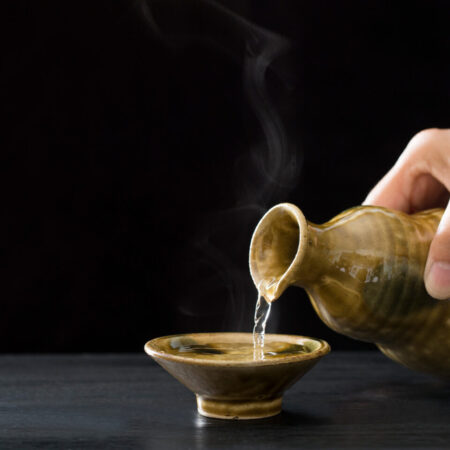
The Perfect Way to Enjoy Sake at Home and Its Pairing
